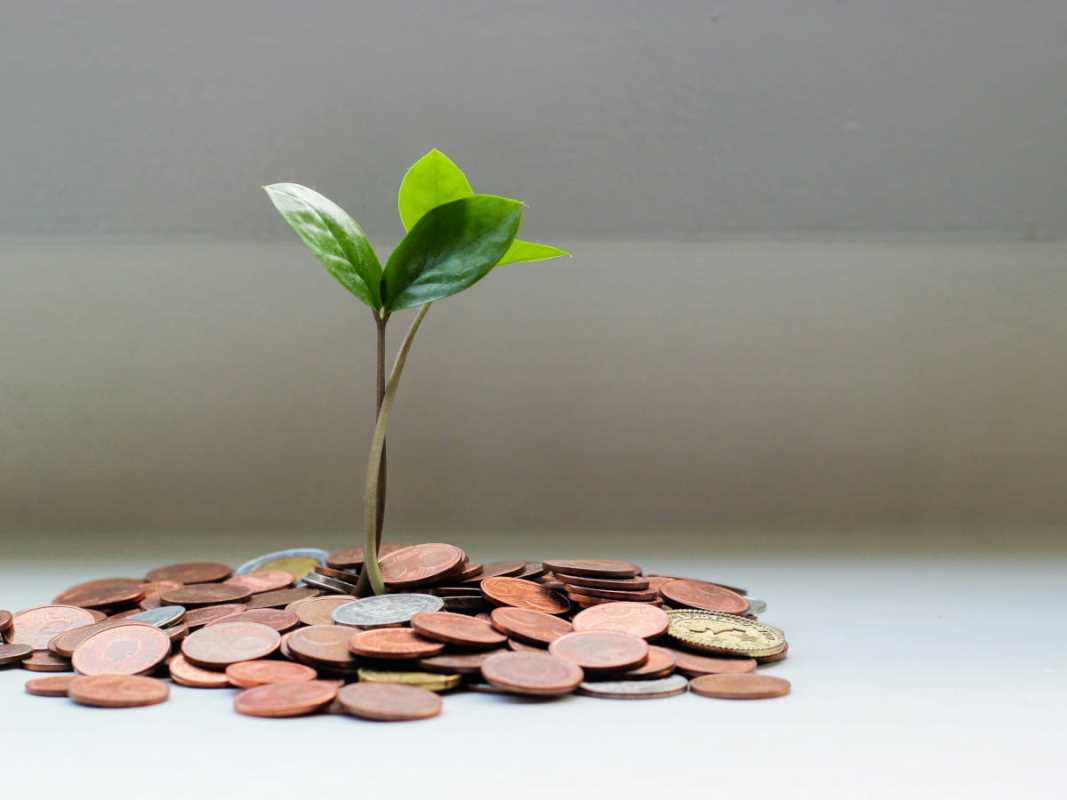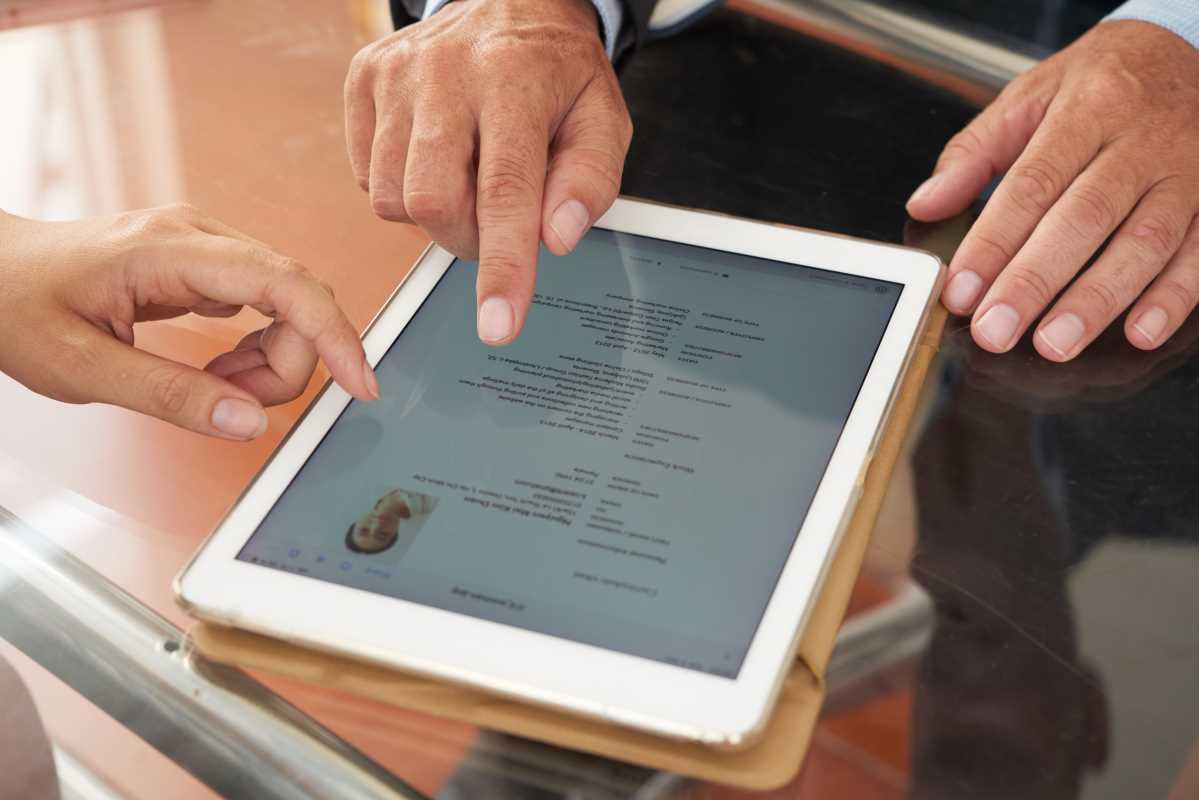Imagine getting through the day by battling exhaustion and harnessing your natural energy rhythms. Every day, your energy fluctuates in waves. Some moments you feel razor-sharp and focused, while during others, even basic tasks feel like a slog. Recognizing these patterns and planning your day accordingly can transform how you work, live, and achieve your goals. Scheduling around your energy peaks and valleys isn’t just about productivity. It’s about working with your body, not against it, to create a balanced, intentional, and fulfilling day.
Why Energy Peaks and Valleys Matter
Your energy fluctuates every day due to what scientists call your “circadian rhythm.” This 24-hour internal cycle influences your alertness, fatigue, and focus. On a smaller scale, you likely notice ebbs and flows of energy that make you more energized during certain times and less effective during others.
When you match tasks with these natural highs and lows, you maximize efficiency, reduce stress, and enjoy a sense of flow. On the other hand, ignoring these rhythms often leads to frustration, burnout, and forced productivity. By paying attention to when you're naturally most productive and when you need to recharge, you can build a schedule that honors your body's signals while helping you crush your goals.
Step 1: Identify Your Energy Peaks and Valleys
The first step to scheduling effectively is self-awareness. You need to recognize your energy rhythms to work with them.
- Track Your Energy Levels: Spend a few days tracking how your energy feels from morning until night. Break the day into blocks of one or two hours and note how focused, alert, or exhausted you feel during each. You can use a journal, your phone, or apps like Energy Tracker to document your patterns.
- You’ll likely notice trends, like feeling energized mid-morning but dragging after lunch. These patterns become the foundation for your energy-based schedule.
- Reflect on Past Productivity: Think about when you've done your best work. Do you tend to breeze through creative tasks in the evening? Are the morning hours sacred for deep thinking? Combine this reflection with your energy tracking to pinpoint your peaks.
- Pay Attention to External Influences: Your energy isn’t just shaped by biology. It’s also influenced by diet, exercise, and environment. For example, a heavy lunch might trigger an energy dip in early afternoon, while a morning workout could create a surge of focus. Keep these factors in mind as you analyze your patterns.
Step 2: Align Tasks with Energy Levels
Once you know your energy flow, it’s time to match the right activities to the right times. Just as you wouldn’t try to lift heavy weights when exhausted, you shouldn’t commit to high-focus tasks during a low-energy slump.
- Capitalize on Energy Peaks: Your peaks are reserved for tasks requiring focus, creativity, or problem-solving. Think strategic planning, writing reports, or tackling a challenging project. Use this time to lean into your strengths and knock out the most important work. For many people, energy peaks occur mid-morning or early afternoon, but yours might differ. Whether you’re an early bird or a night owl, honor whatever window gives you sharp focus and excitement.
- Action Tip: Start your day by identifying your top-priority task. Schedule your peak time for this activity, ensuring your most important work gets your most focused attention.
- Glide Through Energy Valleys: Your valleys are perfect for low-effort tasks like answering emails, organizing your workspace, or attending routine meetings. These filler activities require less brainpower and allow you to stay productive without over-extending yourself when energy is limited. Avoid tackling major projects or making big decisions during this time. Instead, lean into activities that are repetitive or administrative.
- Action Tip: Structure your valleys as a time to slow down, recharge, and shift gears without guilt.
- Build in Restoring Moments: Your energy peaks will only be effective if you protect and support them. Schedule restorative moments, like breaks, snacks, or short walks, to allow your body and brain to recover between tasks. Think of these moments as investments in your productivity.
Step 3: Structure Your Day Around Energy
Here’s how to break down your day in alignment with energy fluctuations. Of course, this is flexible and should be adjusted to suit your personal rhythm!
- Start Strong (Morning Peak): For most, mornings bring the first energy peak. After breakfast and that first cup of coffee (if that’s your thing), focus on tasks that require high levels of focus and brainpower. This is your power hour to get ahead on pressing or complex work.
- Example: Begin the day with deep work, whether that’s writing, designing, coding, or strategizing. Limit interruptions by turning off notifications or working in a distraction-free environment.
- Glide Through Late-Morning Valleys: Post-morning peak, energy may dip slightly. Use this time for coordination tasks, like attending meetings, checking emails, or reviewing less mentally demanding work.
- Example: Schedule team check-ins or batch-process admin tasks during this quieter block.
- Reboot After Lunch (Energy Slump): The early afternoon often brings a significant energy valley. Lunch, work stress, or sheer fatigue catches up with you. Instead of fighting it, plan for a brief pause.
- Example: Take a 15-minute mindful walk or do a quick wellness practice like stretching or guided meditation. Then return to low-effort work, like data entry, replying to messages, or other maintenance tasks.
- Find Renewal in the Afternoon (Second Peak): For many, energy picks back up mid-to-late afternoon. While this peak isn’t as intense as the morning, it’s still a solid time to re-focus on creative or collaborative work. Use it to wrap up remaining high-priority responsibilities.
- Example: Work on brainstorming sessions, client presentations, or any tasks you enjoy doing with fresh perspective.
- Wind Down (Evening Valley): Your evening energy is often lower, making it an ideal time for relaxation, reflection, or planning for the next day. Avoid cramming work into this time if possible. Instead, use it to prepare, recharge, and set the tone for tomorrow.
- Example: Spend time journaling, making a to-do list for tomorrow, or engaging in hobbies to refresh your mind and body.
Step 4: Tweak and Iterate Your Routine
No two schedules look exactly the same. Life is dynamic, meaning your routine needs flexibility to adapt to changes, surprises, or shifting priorities. Don’t worry about perfection. Your focus should be on aligning your schedule to hurt less and flow more.
- Reflect Weekly: Set aside time once a week to review how your schedule felt. Were your energy peaks efficient? Did you protect your downtime enough? These reflections offer valuable insights for fine-tuning your schedule.
- Experiment with External Factors: Small lifestyle changes can have surprising effects on energy levels. Hydration, balanced nutrition, regular exercise, and quality sleep all contribute to more stable energy rhythms. When you make adjustments, note how they impact your day.
- The Bigger Picture: Balancing your schedule around energy isn’t just a productivity hack; it’s a shift in how you respect your body and mind. It’s a way to break free from traditional work structures that push you through exhaustion instead of empowering performance.
Learning to listen to your energy levels is a long-term investment in your growth, well-being, and happiness. By working smarter, not harder, you pave the way for a more sustainable and fulfilling lifestyle.







